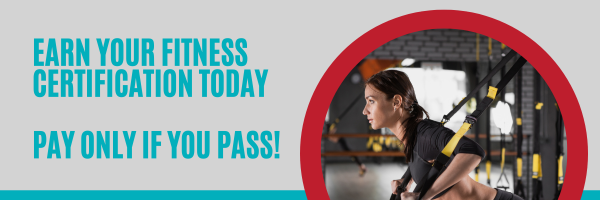Speed and agility are essential components of many sports and athletic activities, including football, soccer, basketball, and track and field. Improving your speed and agility can help you perform better, reduce the risk of injuries, and take your athletic performance to the next level. In this article, we will discuss tips for training for speed and agility, including exercises, drills, and training principles that can help you achieve lightning-fast movement.
Benefits of Speed and Agility Training
- Improved Athletic Performance
Training for speed and agility can help you perform better in your sport or athletic activity. Improved speed and agility can help you move faster, change direction quickly, and react more effectively to your opponents.
- Reduced Risk of Injuries
Speed and agility training can help improve your balance, coordination, and stability, reducing the risk of injuries such as ankle sprains or knee injuries.
- Increased Confidence
Improved speed and agility can boost your confidence in your athletic abilities, giving you the mental edge to perform at your best.
Exercises for Speed and Agility
- Sprinting
Sprinting is a great exercise to improve your speed and explosiveness. To incorporate sprinting into your training routine, find an open space, and run as fast as you can for a short distance. Repeat for several sets, with rest intervals between each set.
- Plyometric Exercises
Plyometric exercises are high-intensity exercises that involve jumping and bounding movements. They are great for improving your explosiveness and power. Examples of plyometric exercises include box jumps, jump squats, and power skips.
- Resistance Band Training
Resistance band training can help improve your strength and explosiveness. Resistance bands can be used for a variety of exercises, including lateral walks, resisted sprints, and leg curls.
Drills for Speed and Agility
- Ladder Drills
Ladder drills are a great way to improve your footwork and agility. They involve performing quick and precise movements through a set of cones or ladder rungs. Examples of ladder drills include the 2-in, 2-out drill, the hopscotch drill, and the crossover drill.
- Shuttle Runs
Shuttle runs are a great way to improve your speed and change-of-direction abilities. They involve running back and forth between two markers, touching the ground at each marker. The distance between the markers can be adjusted to make the drill more challenging.
- Cone Drills
Cone drills are a great way to improve your agility and coordination. They involve setting up a series of cones and performing quick and precise movements around the cones. Examples of cone drills include the figure eight drill, the T-drill, and the 5-10-5 drill.
Training Principles for Speed and Agility
- Progressive Overload
Progressive overload is a training principle that involves gradually increasing the intensity and volume of your training over time. This can be done by increasing the weight, reps, or sets of your exercises or drills.
- Specificity
The specificity principle involves training for the specific demands of your sport or activity. This means incorporating exercises and drills that mimic the movements and skills required in your sport or activity.
- Rest and Recovery
Rest and recovery are essential for improving your speed and agility. Your body needs time to recover and adapt to the demands of your training. Make sure to schedule rest days and incorporate active recovery, such as stretching or foam rolling, into your training routine.
Conclusion
Improving your speed and agility can help you perform better in your sport or athletic activity, reduce the risk of injuries, and increase your confidence. Incorporate exercises, drills, and training principles that target your speed and agility into your training routine. Remember to start slowly and gradually increase the intensity and volume of your training to avoid injuries or strains. Consistency and dedication are key to achieving your speed and agility goals. By incorporating these tips and principles into your training routine, you can achieve lightning-fast movement and take your athletic performance to the next level.





